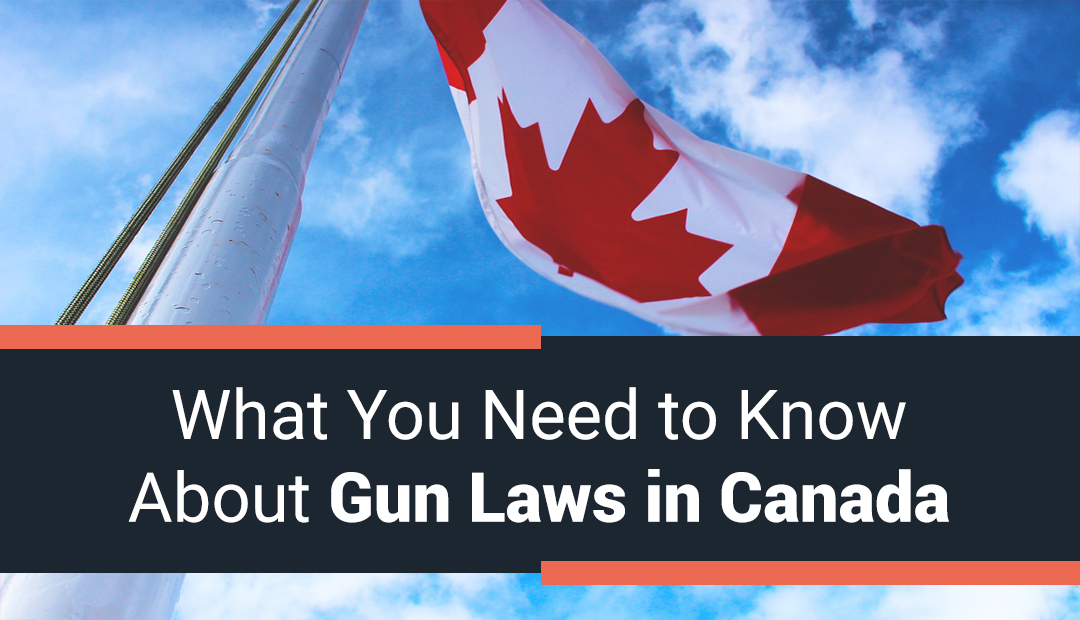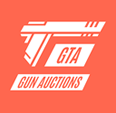
If you’ve ever had questions about licenses, registration, or the rules and regulations surrounding gun laws in Canada, you’re not alone. Purchasing and owning a firearm legally in this great country of ours requires training, paperwork, patience, and time. We’re here to help guide you through the process and give you all of the information you need to know about gun laws in Canada.
Overview
One of the most important things you need to know about Canada’s gun laws is that licensing and registration play a major role. Any individual who wants to own or purchase a firearm must:
- Be 18 years or older and,
- Have a valid firearms license
The 411 of Firearms Licenses
In Canada, there are three types of firearms licenses that correspond with the three respective classes of firearms: non-restricted, restricted, and prohibited.
People who want to purchase a firearm at one of GTA Guns’ live auctions for instance, or possess a gun, must obtain a valid PAL or POL license. A POL (or a possession-only license) means that an individual can only own firearms, but cannot purchase them. A PAL (or possession-acquisition license) means that an individual can acquire and possess a firearm. PALs are only given out by the RCMP.
Both licenses also allow an individual to purchase ammunition and are usually valid for five years, but must be renewed prior to the expiry date. Once you have a valid license, you are allowed to do some other privileges with your firearms including transferring a firearm to another licensed person and transporting restricted firearms.
In order to get your PAL or POL license as per the gun laws in Canada, you have to do the following three steps.
How to Get a Firearms License
Step 1
First, you need to complete safety training by successfully finishing the Canadian Firearms Safety Course (for a non-restricted license) or the Canadian Restricted Firearms Safety Course (for a restricted license). If you’re in the Greater Toronto Area, visit the Firearms Safety Education Service of Toronto (FSESO) for more information on where and when new courses are available. If you’re not in Ontario, each province’s chief firearms officer provides their own information on where you can the CFSC.
Step 2
Once you’ve successfully completed the CFSC, you can now apply for a license. Only the PAL is available for new applicants. To apply, fill out the CAFC 921 form online.
Step 3
The third step to getting your firearm license is passing the security check phase. Background checks and reference interviews are conducted for each applicant so as you can imagine, this process might be lengthy. There is a 28-day mandatory waiting period on first-time applicants so if you’re applying for a license for the first time, you might need even more patience with the process.
Registering your Firearms
Once you have your license to possess and acquire, you need to make sure you’re up-to-date on the rules and regulations about registering your firearms. According to Canada’s gun laws, all restricted and prohibited firearms must be registered in the Canadian Firearms Registry (CFR). To register a firearm, you can submit an application online, but the firearm must be verified first, meaning its identification and classification must be confirmed by authorized personnel working with the RCMP.
Licenses and registration are the two major components that you need to understand as part of gun laws in Canada and once you have a handle on those aspects of the process, you’ll find yourself one step close to being a licensed firearms card holder.
If you have any further questions or need more detail on any of the processes or procedures, you can always look to the RCMP’s website for more information. Once you’ve obtained your license, all of us here at GTA Guns look forward to seeing you at our next live or online auction!

